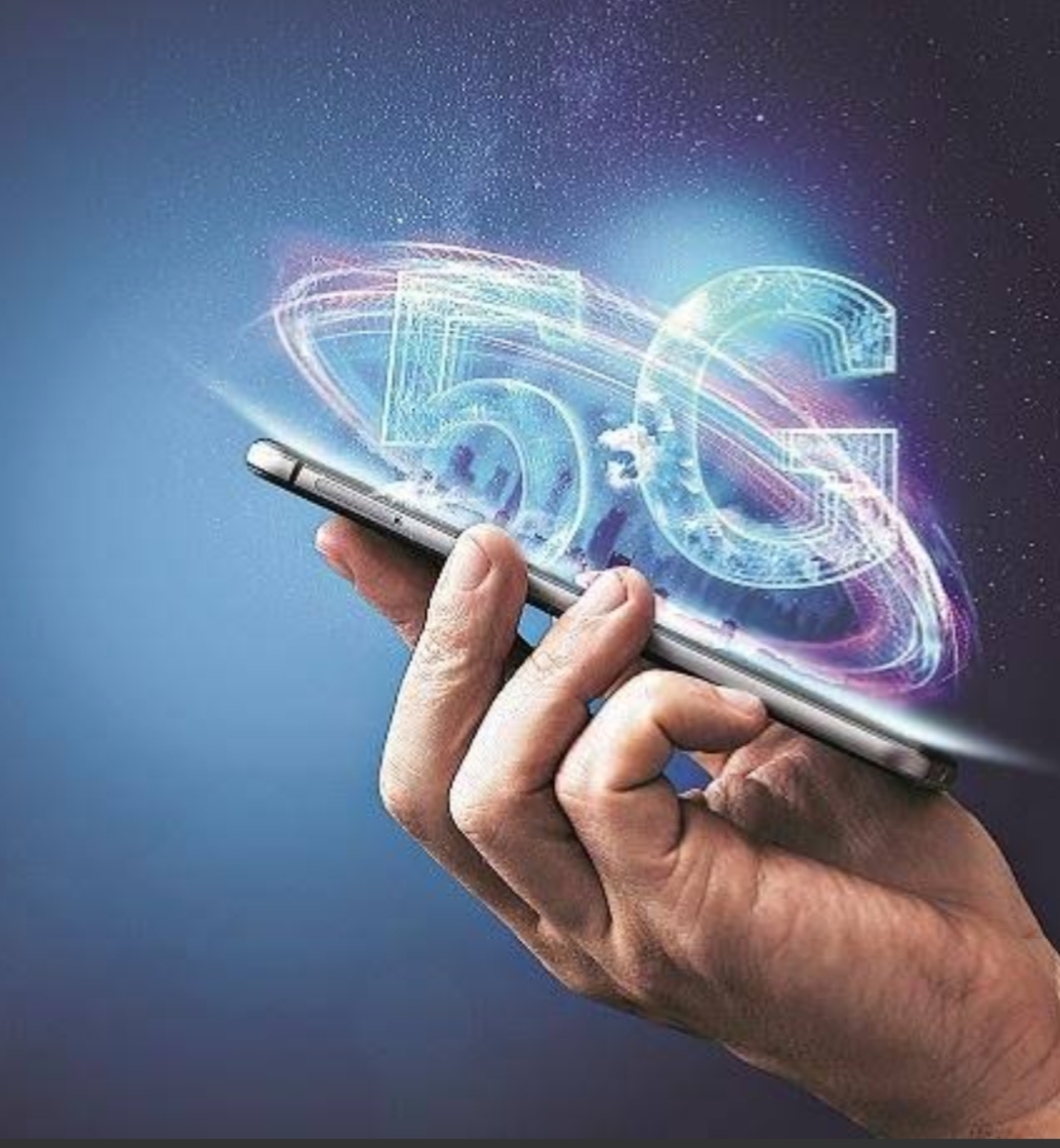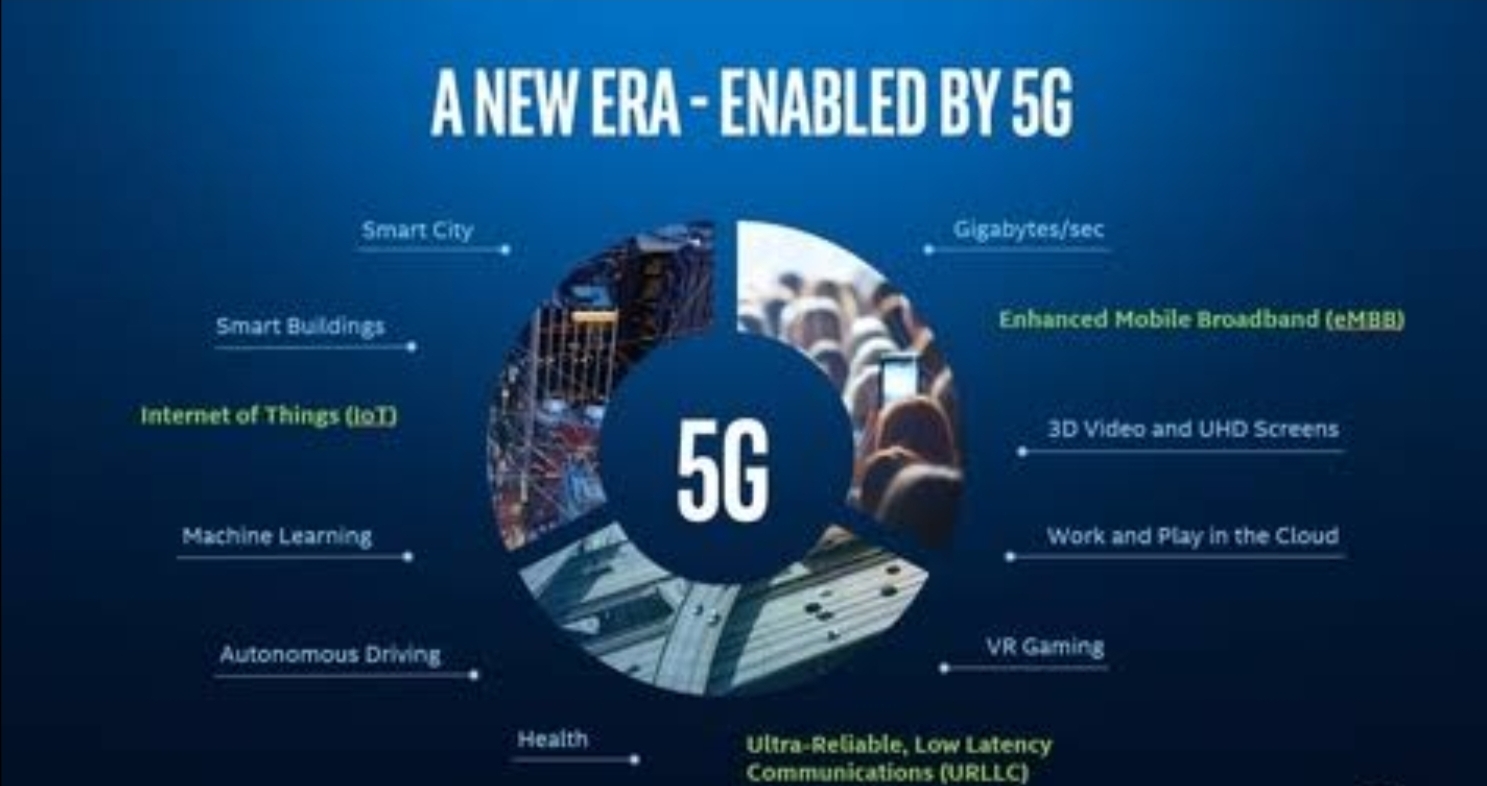Pandemic is taking care of itself; and amidst this lockdown, a striking deal between Finnish operator Nokia and Airtel was put forth to enhance the latter’s network capacity and deploy base stations for 4G services. This would eventually get upgraded to 5G network once the spectrum is available.
The next generation of wireless is here, and a fierce battle to attain the top spot in global 5G development is becoming inevitable everywhere. India, having one of the highest data consumption consumers, has appended itself to the line. In 2015, the Government launched the Digital India campaign to ensure availability of e-government services to citizens by enhanced internet connectivity and online infrastructure. It also focuses to empower the country digitally in the domain of technology. The mission is mainly focused on three areas – to provide digital infrastructure as a source of utility to every citizen; governance and services on demand; and to look after every citizen’s digital empowerment. With 4G already done adding a feather to the cap, 5G has been taking the new norm around.
Spread of the 5G network acts as a pivot in this intricately connected world. To understand very basically, the introduction of this network would quickly stand up on its toes, help people marginally improve their productivity, deliver projects with minimal lags, make bosses happy, clients happy and lastly, help see a slight push to the GDP of India, our developing country.
But what happens when you hand over a pot full of flora and you perennially decide it doesn’t need water to survive?
That’s where we understand about the infrastructure India has.

Despite such wide consumer internet adoption, there are many places, even in metropolitan cities, where 4G works at a 2G speed. There are times when our internet works well in a particular city but happens to lose its speed when we move to another city. Indian operators are highly focused towards growing LTE’s reach (example, the towers set-up) rather than injecting more speed into their respective 4G services. According to OpenSignal, a mobile analytics company, stated how all of the major 4G providers have currently crossed the 65% LTE availability threshold but have seen little movement in 4G download metrics. 4G speeds have remained static, but that could change quickly if restructuring paves the way for new high-capacity networks. This facilitates the idea that we have the plant, but it needs proper nutrition to grow further and become better. The infrastructure in India does need maintenance and networking overhaul. It would not only ensure connectivity but also enable people to succeed in this rapidly changing environment of technology.

In 2016, when Prime Minister Narendra Modi wanted a boost to Digital India (and eradicate black money), he declared demonetization of Rs. 500 and 1000 notes. A failed approach wanted people to switch to digital services, too quickly too soon. Without a base to render support, middle-class people and above who could afford to transition easily can hardly be compared to the plight of the people who either never had a proper internet connection or a mobile phone per se. The core component of the Digital India Program, the Cashless India initiative was created with a vision of transforming India into “a digitally empowered society and knowledge economy.” But a fundamental understanding that India as a nation has a huge least digitally aware population made people crucially suffer in the short run.
In a nutshell, technology, one of the vital functions of growth, has to keep coming, we can’t stop it from growing; stating what was said by Dr. Hirschman in Theory of Unbalanced Growth. With focus on simultaneous work – bringing in novel technology whilst making the infrastructure better – investments would eventually find their priorities well. India’s digital leaders share similar features in digital strategy, organization and capabilities, but they still have scope for improvement in these three fields, from Chief Executive support for digital initiatives to consumer management systems.
5G’s entry into India should be initiated, keeping in mind a proper planning and background analysis on its set up. When nearly everywhere robust internet access has penetrated, India’s struggle, to some extent, continues. Moreover, the issue regarding the AGR (Adjusted Gross Revenue) dues has left the telecom sector in disarray. The duopoly emerging in the market – Jio and Airtel – is not going to survive long but it’s the need of the hour for all companies to pick themselves up, game up the competition for easy affordability and serve the country in the most defined ways.
Written by – Vidushi Kapoor
References:
- Digital India – Objectives, Advantages & Challenges. (2020). Retrieved 3 May 2020, from https://byjus.com/free-ias-prep/digital-india/
- From Jio to demonetisation, Digital India keeps failing. (2016). Retrieved 3 May 2020, from https://www.indiatoday.in/
- India, April 2018, State of Mobile Networks. (2018). Retrieved 3 May 2020, from https://www.opensignal.com/
- Kaka, N., Madgavkar, A., Kshirsagar, A., Gupta, R., Manyika, J., Bahl, K., & Gupta, S. (2019). Digital India – Technology to transform a connected nation. McKinsey Global Institute. Retrieved from https://www.mckinsey.com/
